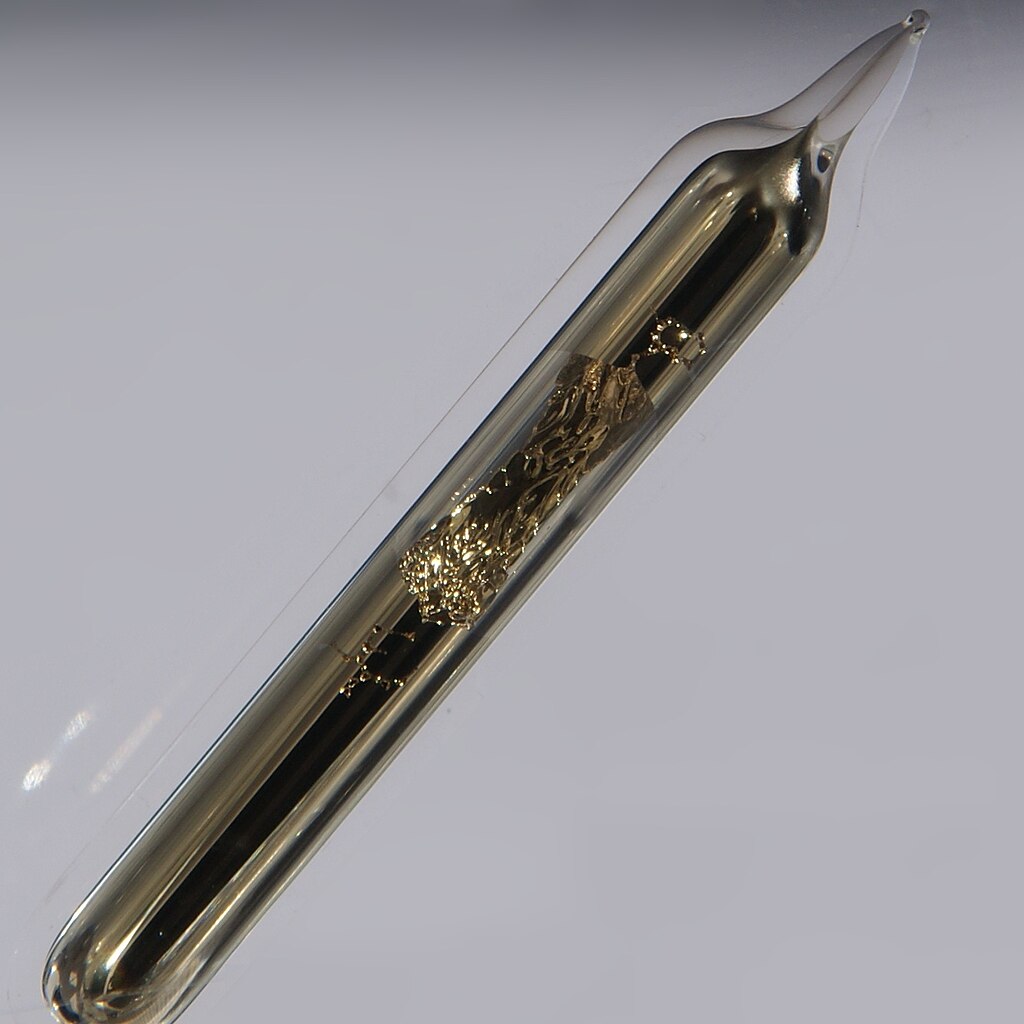Investigating material supply for perovskite-based tandem technologies at a volume enabling a multi-terawatt penetration of solar power, a group of researchers from Germany and Sweden determined “supply risks” for materials used in high-performing perovskite PV devices, such as cesium (Cs) used in perovskite alloys, indium employed in transparent electrodes, and gold used in electrodes and some organic contact layers.
“I was especially surprised about the demand-to-production ratio of Cs. I had done some back-of-the-envelope calculations for several materials when I started the project, but Cs was not on my radar,” corresponding author Lukas Wagner, a researcher at Philipps Universität Marburg, told pv magazine, adding that the problem with assessing the supply criticality of cesium is that it needs reliable numbers about future mining activity.
“Compared to most other assessed materials, Cs production today is extremely low. As I understand it, the main reason for that is that the demand is very low – there are just not many applications that need Cs. It could be that Cs mining needs to be scaled at the same pace as perovskite PV production,” said Wagner.
“In essence, we might be able to go post-fossil fuels, but we can't go post-minerals. As we design future energy technologies, we should take care that we use the material resources in the most sustainable way.”
There is also work ahead to scale up the manufacturing capacity of halides and “the most promising organic solvents to coat perovskite layers”. With the exception of PEDOT:PSS, none of the synthesis routes of organic charge transport materials are currently compatible with industrial large-scale production, noted the team.
The investigation considered two factors of supply criticality, the primary production of minerals and the production capacity for synthetic materials. This approach, explained the team, is more involved than typical demand-to-production assessments as it highlights that scaling production from research to industrial levels should also be part of resource availability analyses.
Popular content
The scientists used the REgional Model of Investment and Development (REMID) numerical model which is described by its developers at the Potsdam Institute for Climate Impact Research (PIK) as representing the future evolution of the world economies with technology detail on the energy sector and the implications for the world’s climate.
They warn that their estimates should not be understood as a market outlook but rather as a plausible assessment of the resource requirements if the global demand for PV modules would be fulfilled with perovskite tandem devices.
Solvents were considered but not glass and base metals such as copper or aluminum and steel used in electrical wiring, mounting, and frames, keeping its focus on the functional layers of the solar cell stack.
Feedback on presentations about the study has been positive, triggering discussions about sustainability, resources, and recycling. “I had the idea to provide the community with some criteria to select their materials. But the underlying message of the paper is that we are all doing PV research because we want to make an impact on fighting climate change. But to really make an impact, we need to start thinking in TW-scale, even when we stand in the lab, making solar cells that are smaller than a square centimeter,” said Wagner.
The work is described in “The resource demands of multi-terawatt-scale perovskite tandem photovoltaics,” published in Joule. The researchers came from Uppsala University, Germany's Fraunhofer Institute for Solar Energy Systems ISE and Fraunhofer Institute for Materials Recycling and Resource Strategies (Fraunhofer IWKS).
This content is protected by copyright and may not be reused. If you want to cooperate with us and would like to reuse some of our content, please contact: editors@pv-magazine.com.


By submitting this form you agree to pv magazine using your data for the purposes of publishing your comment.
Your personal data will only be disclosed or otherwise transmitted to third parties for the purposes of spam filtering or if this is necessary for technical maintenance of the website. Any other transfer to third parties will not take place unless this is justified on the basis of applicable data protection regulations or if pv magazine is legally obliged to do so.
You may revoke this consent at any time with effect for the future, in which case your personal data will be deleted immediately. Otherwise, your data will be deleted if pv magazine has processed your request or the purpose of data storage is fulfilled.
Further information on data privacy can be found in our Data Protection Policy.